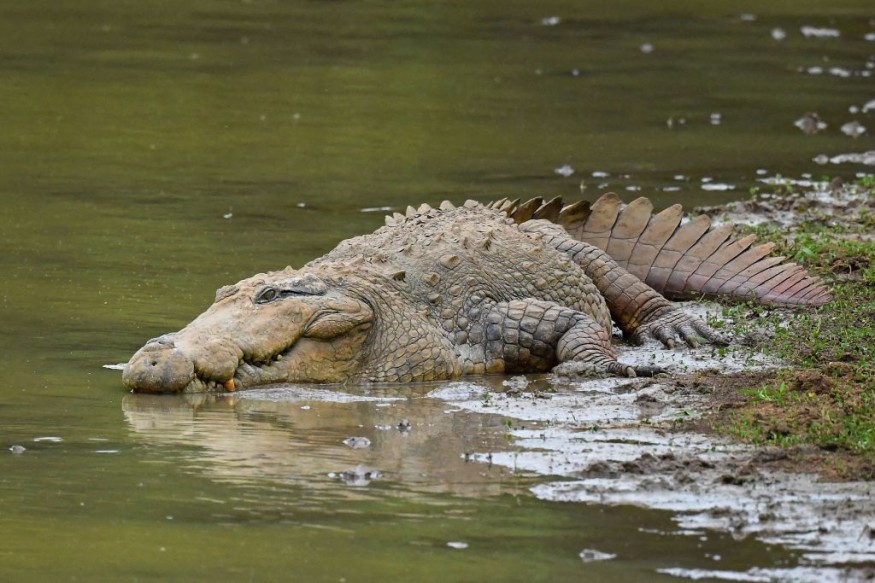Climate change is a major environmental and ecological threat of our time, but who would have thought that the natural phenomenon could also be the one responsible for helping the ancestors of reptiles today to grow and thrive during pre-historic Earth.
This discovery was revealed in a new study led by researchers from the United States, claiming extreme climate shifts may have helped reptile evolution.
The findings suggested that climate fluctuations from the Permian period to the Triassic period played a major role not only in mass extinctions but also as an opportunity to impact organismal evolution.
The new research outlined a new time tree of the early evolution of reptiles and their closes relative.
The focus was during the so-called "Permian-Triassic climatic crises," which shaped their long-term evolutionary trajectory.
In previous studies, global mass extinction events have been deemed to be only good at ending the lives and lineage of multiple living organisms.
However, growing evidence in recent years proves otherwise that a big mass extinction could also accelerate the evolution of some lucky survivors; which, in this case, the early reptiles or ancestors of the dinosaurs of the Cretaceous period.
Climate Change and Reptile Dominance

In a research article published in the journal Science Advances on August 19, Tiago Simoes, lead author from the Harvard University, and his colleagues hypothesized that successive climate crises hundreds of millions of years ago led to the evolution and radiation of reptiles.
The Harvard University-led study concludes that there has been an "intimate association" between reptile evolutionary dynamics and climate shifts in the deep past.
These findings were made possible by integrating information on body size, phenotypic evolution, mode of selection, and global temperature data.
The research article addresses the major challenge in macroevolution and macroecology, specifically in terms of how organisms' response to rapid environmental changes, including the temperature and the amount of oxygen and other compounds in the atmosphere.
Materials and Methods
To determine evidence of climate change-driven reptile diversification, the research team measured and scanned reptile fossils ranging between 294 million to 237 million years old, examining a total of 1,000 specimens at 50 research institutions in 20 countries, as summarized by Science News.
Between 2013 and 2018, Simoes, the Alexander Agassiz post-doctoral fellow in the laboratory of Harvard paleontologist Stephanie Pierce, traveled the world to take a pictures of these reptilian fossils, according to the Harvard Gazette, the news publication of the Harvard University.
Simoes reportedly made CT scans and photos of nearly 1,000 of the ancient fossils from more than 50 museums.
In total, it took him around 400 days of active collection, which has been believed to create the largest available timeline on the evolution of both major living and extinct reptile groups.
In relation to the new study, an initial publication of the subject matter concerning reptile evolution was posted in the journal Nature Communications in July 2020, where Simoes and his research team explored the mega evolutionary dynamics and evolutionary timeline of reptiles.
Related Article: Reptile Fossil Skull Reveals How Snakes Evolved Without Limbs
© 2025 NatureWorldNews.com All rights reserved. Do not reproduce without permission.





